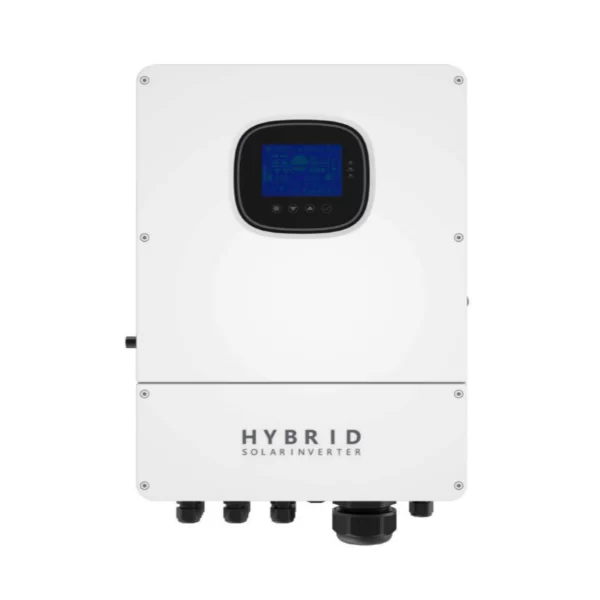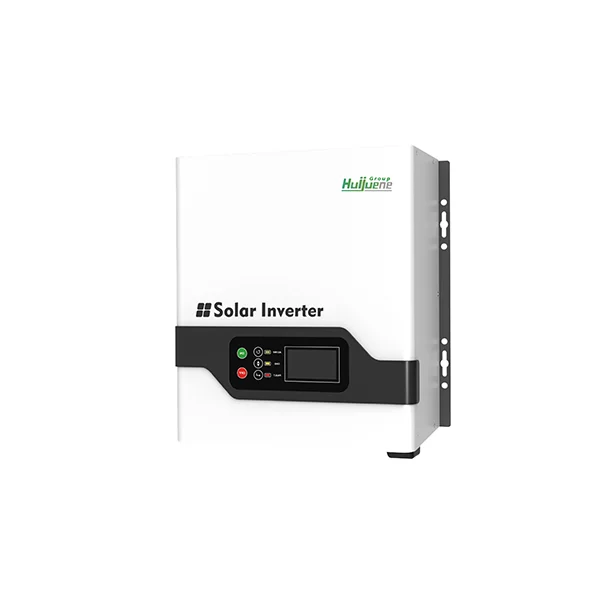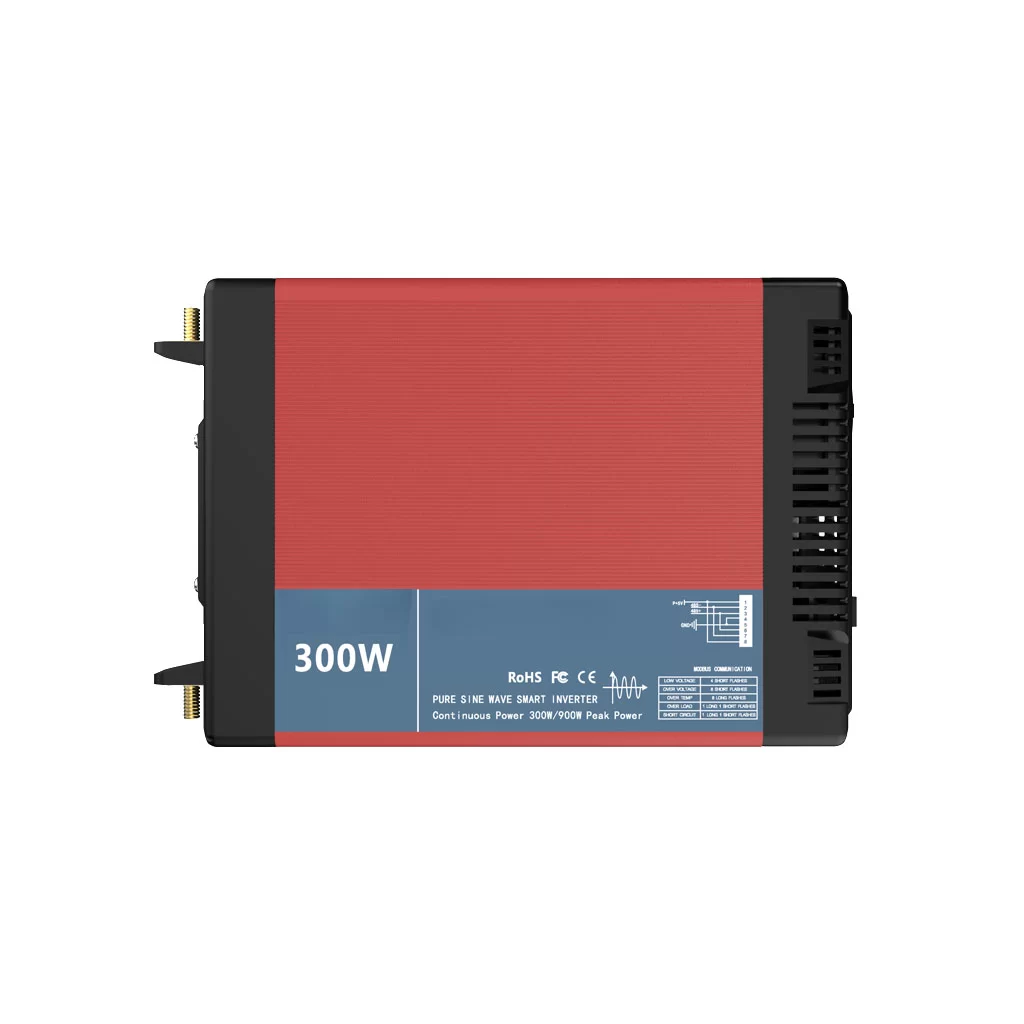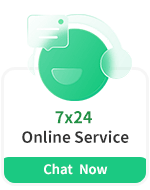Get A Quote Now!
How to Connect Solar Panel to Battery Without Charge Controller
In case you are contemplating connecting solar panel to battery without charge controller, you might be asking yourself: “Is it safe even?” or “What if I do without the controller?
“In reality, it can be done in very exceptional situations to connect a solar panel to a battery without the use of a charge controller, but it is very dangerous.
This lesson will guide you through when it is safe, how to do it (if you choose to), and what you absolutely must pay attention to.
What Does a Charge Controller Do?
Before we dive into the “no-controller” setup, let’s describe the purpose of a solar charge controller. A charge controller is a device inserted between the solar panel array and the battery bank to regulate voltage and current, to prevent overcharge of the battery, and to prevent reverse current flowing back.
In other words:
- It prevents the battery from being overcharged and destroyed.
- It prevents the battery from being drained back into the solar panel at night.
- It maximizes panel output to battery voltage efficiently.
Skipping this step means taking risk of battery harm or shortened life.
Is It Ever Safe to Directly Connect a Solar Panel to a Battery?
Yes — in a very exceptional circumstance
A direct connection can be safely reasonable if all the following apply:
- Solar panel output is extremely small compared to the battery capacity.
- The system is really trickle-charging, not bearing heavy loads.
- You use a blocking diode or equivalent to prevent reverse current.
Some DIYers have the notion: “I’ll just connect the solar panel to the battery — how bad could it be?” The truth is the danger is there: panels output variable voltage, batteries need steady charging, and without regulation you invite the risk of overcharging, heat generation, or reduced battery life.
How to Connect Solar Panel to Battery Without a Charge Controller
If you still wish to proceed with the direct linkup (in secure, restricted conditions), here is a step-by-step process and what needs to be done.
Step-by-Step Guide
1.Select the correct solar panel and battery size
Select a panel whose voltage is close to the battery nominal voltage (for example, a ~12V battery with panel rated around 17V-18V).
Ensure the current through the panel is low enough not to cause over-charging (e.g., <1/100th the battery amp-hour rating).
2.Utilize blocking diode or built-in diode feature
Prevent battery discharge back into the panel at night or low light.
3.Connect panel to the battery with correct gauge wires and fuses
Install a fuse in series between panel and battery to avoid short circuits.
Reduce wiring to reduce voltage drop.
4.Watch out for battery voltage and temperature
Employ a voltmeter or battery monitor to prevent the battery from being over safe charging voltage.
In hot climates watch temperature — excessive heat will shorten battery life.
5.Restrict use to low-power devices or trickle charging
This setup is most appropriate for battery charge maintenance and not complete off-grid systems with loads.
Quick Reference Table
Parameter | Minimum Safe Value (no controller) |
Panel power to battery capacity ratio | < ~0.01 (i.e., <1% of amp-hour rating) |
Blocking diode installed | Yes |
Fuse panel to battery | Yes |
Voltage matching (panel to battery) | Panel Vmp < ~1.2 × Battery nominal |
Monitoring installed | Yes (voltage & temp) |
Risks and Considerations
- Overcharging:The higher voltage than the battery can be supplied by the panel without regulation, leading to gassing, thermal stress or damage.
- Reverse current flow:Current at night would circulate back from battery to panel and deplete the battery.”.
- Reduced panel efficiency:The panel will operate at battery voltage, quite possibly much lower than its optimum point, reducing output by 20-30%.
- Battery life:Excessive overcharging, heat, or wrong voltage reduce battery life — especially for lithium-based systems.
- Li-ion systems warning:While lead-acid can survive trickle charge in rare conditions, lithium batteries need precise charging curves and generally flat-out need a good charge controller.
When You Absolutely Should Use a Charge Controller
- If your solar panel array power is medium to large (e.g., >100W for 12V battery).
- If you’re adding battery storage for full off-grid use or load support.
- If you’re dealing with lithium-ion or LiFePO₄ batteries (which have tight charging requirements).
Real-World Case Study: Remote Cabin in British Columbia
On a Whistler cabin installation, Canada, a 200 W solar panel was initially connected directly to a 12V 150Ah battery with no charge controller. Voltage was watched, a blocking diode was employed, and only tiny LED loads were illuminated.
After 18 months the system worked—but with reduced battery capacity and output from the panel had dropped ~15 %.
The installer had this to say: “This only succeeded because the solar current was very low in relation to battery size and loads were minimal.”
This shows that while operational in particular low-demand scenarios, this setup is not scalable and not suited for reliability.
Final Thoughts
Deciding whether to connect solar panel to battery without a charge controller depends heavily on your system size, battery type, and risk tolerance. If it’s an ultra-low-power setup solely for trickle charging, it can be done with caution and proper protection. But for any serious or critical application—especially off-grid, multiple panels, or lithium batteries—the safest and smartest move is to use a proper charge controller. If you’re planning a full solar+storage system and want a robust solution, you’ll likely skip the “no controller” path and opt for a regulated, safely-designed setup with monitoring, protection, and long-term reliability.






